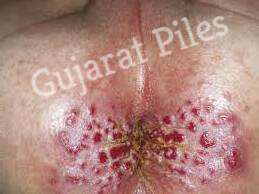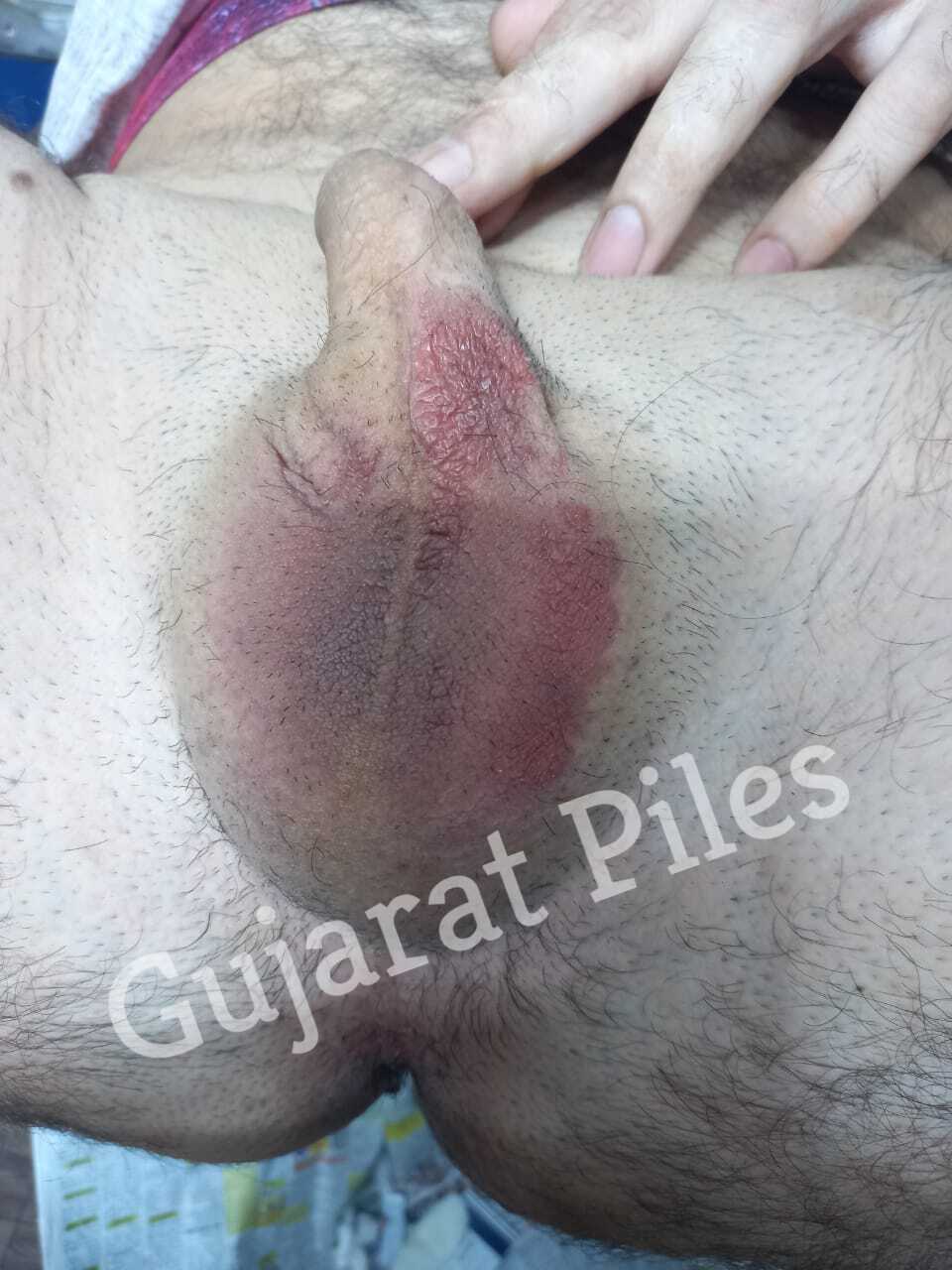

PRURITUS ANI
Pruritis ani is a common medical problem affecting both men and women. This information was composed to help patients understand pruritis ani, its symptoms, evaluation, and treatment options. This information may also be helpful to individuals or caregivers of patients who are suffering from pruritis ani.
Pruritis ani most commonly affects adults, affecting from 1% to 5% of people in the general population. Men are more commonly affected than women with a 4:1 ratio. The condition is most common in people age 40s to 60s. There are many causes of pruritis ani, and an accurate diagnosis is important in order to treat the specific cause. Medical management of pruritis ani often provides patients with relief of their symptoms and improves their quality of life.
WHAT IS PRURITIS ANI?
Pruritis ani is a Latin term meaning “itchy anus” and is defined as an unpleasant sensation of the skin around the anus (i.e., rectal opening) that produces the desire to scratch. Pruritis ani is classified as primary or secondary. The primary form is the classic syndrome which may not have an identifiable cause (referred to as “idiopathic”) and the secondary form has an identifiable, and often specifically treatable, cause.
Minimal stimulation of the skin may cause itching. The subsequent scratching may cause injury to the skin which produces a larger area of irritated skin. Continued scratching causes the need to scratch more, making the problem worse.
WHAT CAUSES PRURITIS ANI?
This symptom of pruritis or itching is common to many anorectal conditions. One must consider hemorrhoids, excessive skin tags, fecal soilage or incontinence, anal fistulae (abnormal passageways between the bowel and an organ or skin surface), anal fissures (painful clefts or grooves) and anal warts as possible causative agents. It is not always understood what causes the long-standing history of primary pruritis ani. It is believed that an irritating secretion from the anal canal may cause the itching. The local nerve fibers in the skin may become chronically active with repetitive trauma or scratching for prolonged periods of time. There can also be itching related to disorders of nerve pathways or itching related to a central nervous system stimulus such as medications. Occasionally, itching may also be psychogenic (symptoms arise from the mind, as opposed to another organ).
Other potential causes of irritation include moisture from sweat, stool and mucus. Studies have shown that the relief of symptoms can occur promptly after the stool has been cleansed from the perianal area, indicating that stool is likely an irritant causing of itching. In addition to difficult or inadequate hygiene, overzealous or aggressive hygiene with the use of many irritating soaps, scents, and lotions may cause pruritis ani, resulting in this condition occasionally being referred to as “polished anus syndrome.” Overzealous cleaning, in addition to the use of topical steroids, can destroy natural skin barriers and cause trauma to the anal skin, making the problem worse. In a way, trying to keep it “too clean” may worsen the problem.
Dietary factors may also play a role with pruritis ani, although there are not definitive studies implicating particular food items or diets. Coffee, either caffeinated or decaffeinated, is thought to be a major contributing factor. Coffee consumption may lower the anal resting pressure (normal strength of muscle contraction at rest) and contribute to anal leakage of stool. Other dietary agents which are possible causes of pruritis ani include tea, cola, energy drinks, chocolate, citrus fruits, tomatoes, spicy foods, beer, dairy products and nuts.
Infectious processes may also result in pruritis ani. Examples include bacterial skin infections, fungal infection (although a common fungus, Candida albicans, appears to be a normal inhabitant of the perianal skin), parasitic infections with pinworms or scabies, and viral infections with anal warts.
Numerous skin conditions also cause secondary pruritis ani. Conditions that are potential causes of pruritus ani include psoriasis, seborrheic dermatitis, atopic dermatitis, contact dermatitis, lichen planus, lichen simplex, and lichen sclerosis. Local cancers such as Bowen’s disease or extra mammary Paget’s disease are also potential causes of pruritis ani.
Medical diseases that affect the entire body may also cause pruritis ani. The examples include diabetes mellitus, leukemia and lymphoma, kidney failure, liver diseases (obstructive jaundice), iron deficiency anemia, or hyperthyroidism.
While this is a wide variety of potential causes, it is important to understand that in many cases the itching has no identifiable source.

Make an Appointment